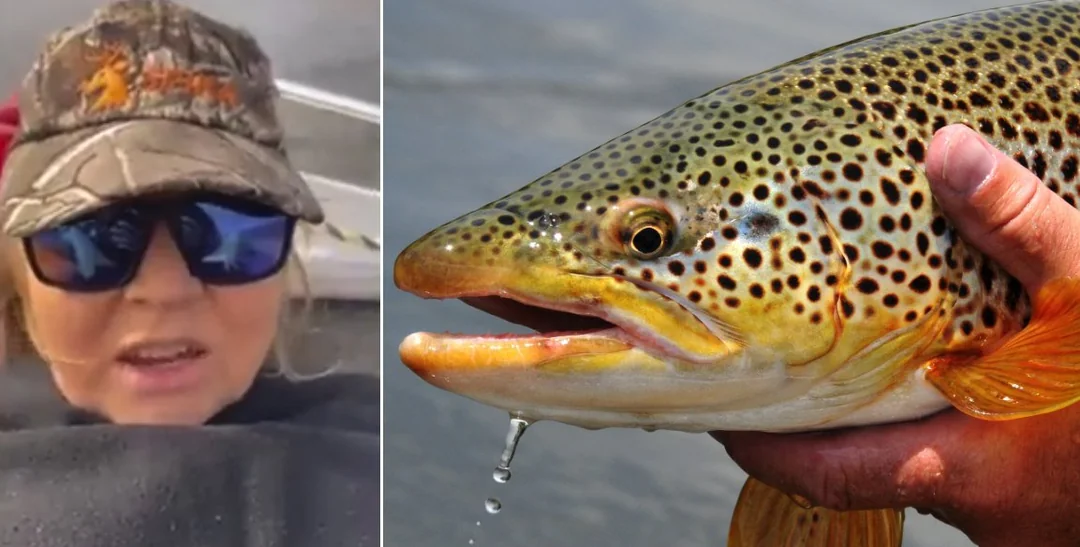In a curious twist of events that has captivated both social media and the legal system, a video featuring a Tasmanian woman engaging in sexual activity with trout has gone viral on Reddit, leading to legal repercussions. The “Tasmanian Trout Lady video“, which surfaced online, has sparked widespread discussion about animal welfare, social media responsibility, and legal boundaries. Here’s a breakdown of what happened and the case’s broader implications.
The Viral Video
The Tasmanian Trout Lady video, which shows a Tasmanian lady behaving in a sexually suggestive manner with a trout, has sparked outrage and controversy since it was reportedly posted online. The video in question shows a woman, identified by local media as the “Tasmanian Trout Lady video“, behaving in a manner that many viewers found disturbing and which some have deemed inhumane or harmful. The footage quickly gained popularity online, sparking a flurry of responses from viewers and authorities alike.
The Legal Charge
Following the video’s circulation, local authorities investigated the matter. The woman has been charged under Tasmania’s animal welfare laws, which are designed to protect animals from cruelty and mistreatment. The charges center around allegations of animal cruelty, though the specifics of the charges and potential penalties have yet to be fully disclosed.
Animal Welfare and Social Media
This incident brings to light several critical issues surrounding animal welfare and the role of social media. The video’s viral nature highlights the power of digital platforms to rapidly disseminate content, which can have both positive and negative consequences. While social media can raise awareness about important issues, it can also lead to swift judgments and legal actions that may or may not be justified.
Legal and Ethical Considerations
From a legal perspective, this case underscores the importance of understanding and adhering to animal welfare laws. Tasmania, like many regions, has stringent regulations designed to ensure the humane treatment of animals. These laws are in place to prevent cruelty and promote responsible interaction with wildlife, reflecting broader societal values about animal rights.
Ethically, the case raises questions about the responsibilities of individuals when interacting with animals. It’s essential to consider the well-being of animals and ensure that their treatment aligns with established welfare standards. The video in question serves as a reminder of the impact our actions can have, both on the animals themselves and on the broader community’s perception of animal welfare.
The Bigger Picture
This case is not just about one viral video or one individual’s actions; it’s part of a larger conversation about how we engage with and represent animals in our media. As social media continues to influence public opinion and legal outcomes, it’s crucial to balance freedom of expression with respect for animal welfare.
For those concerned about animal treatment, this incident provides an opportunity to reflect on how we interact with wildlife and advocate for responsible behavior. It also serves as a reminder of the need for clear, accessible information about legal standards and ethical practices.
Moving Forward
As the legal process unfolds, it will be important to watch how this case develops and what precedents it may set for similar situations in the future. It also offers a chance for broader discussions about the role of social media in shaping public perception and influencing legal and ethical norms.
In the meantime, individuals need to approach such matters with empathy and a commitment to both legal and ethical standards. By fostering a greater understanding of animal welfare and responsible media use, we can contribute to a more informed and compassionate society.












